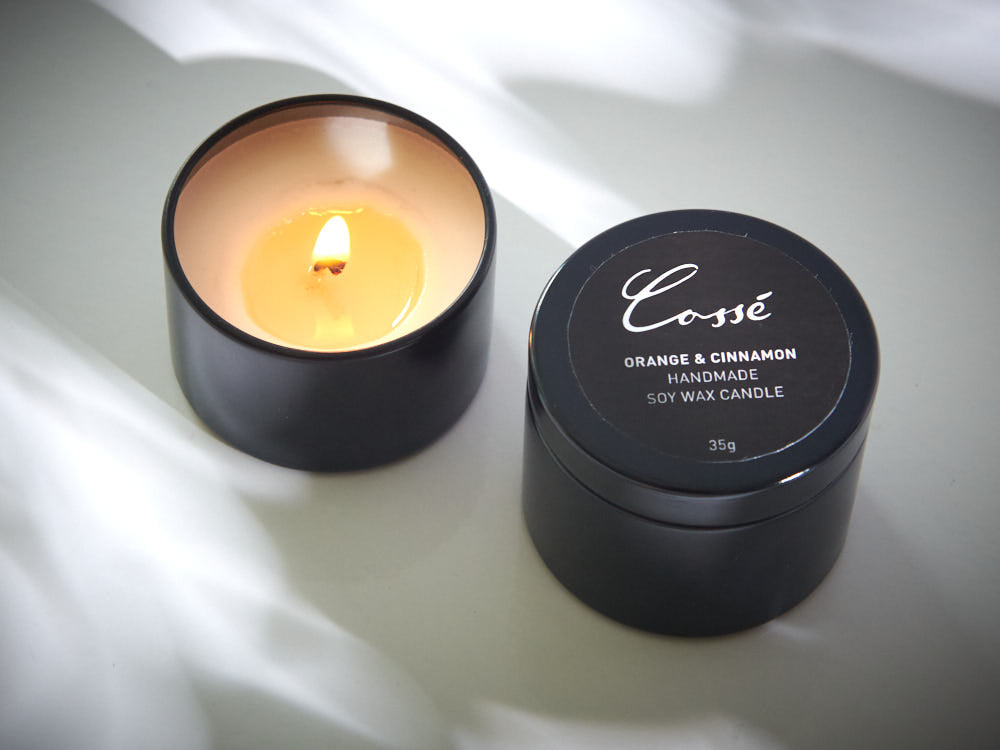From Wick to Wax: Understanding the Chemistry Behind Soy Wax Candles and Their Ecological Impact
As we brighten our rooms with the cozy radiance of candle lights, there exists a world of intricate chemistry behind the relatively simple act of lighting a soy wax candle. The selection in between soy and paraffin wax prolongs past plain looks, delving into the realm of environmental effect and the really make-up of the materials. Understanding the molecular framework of soy wax and its combustion process drops light on the discharges launched into our environments. Join us as we unwind the scientific complexities behind soy wax candle lights and discover their ramifications on our setting.
Soy Wax Vs. Paraffin Wax
When comparing soy wax and paraffin wax for candle making, it is essential to comprehend the distinctive attributes and advantages of each product. Soy wax is a natural, sustainable source originated from soybean oil, making it environmentally friendly and naturally degradable - home fragrance. In comparison, paraffin wax is a result of oil refining, which elevates concerns about its environmental impact and sustainability
Soy wax candles shed cleaner and give off less residue compared to paraffin wax candles, making them a healthier choice for indoor air top quality. In addition, soy wax has a lower melting point, enabling a longer-lasting candle that spreads scent more efficiently. Paraffin wax, on the other hand, tends to burn faster and much less easily, potentially releasing harmful chemicals into the air.
From a sustainability viewpoint, soy wax is favored for its biodegradability and sustainable sourcing, lining up with the growing customer choice for eco mindful items. While paraffin wax has been a standard selection in candle light making as a result of its price and simplicity of usage, the shift in the direction of green options like soy wax is obtaining momentum in the sector.
Chemical Make-up of Soy Wax

Combustion Process in Soy Candles
The chemical structure of soy wax directly affects the combustion procedure in soy candles, affecting variables such as shed time, scent launch, and environmental impact. When a soy candle light is lit, the warm from the flame melts the wax near the wick.
The combustion performance of soy candles is influenced by the purity of the soy wax and the high quality of the wick. A clean-burning soy candle light with an effectively sized wick will certainly minimize and generate a consistent fire residue development. This not just prolongs the melt time of the candle however also improves the launch of scents. Furthermore, soy wax candle lights visit this website have a reduced environmental influence compared to paraffin candles as a result of their sustainable and biodegradable nature.

Ecological Benefits of Soy Wax

Thought about a lasting choice to standard paraffin wax, soy wax uses remarkable ecological benefits that make it a preferred choice amongst eco-conscious customers. Soy wax burns cleaner and produces much less residue than paraffin wax, contributing to much better interior air quality and decreasing the demand for cleaning and maintenance. Generally, the environmental benefits of soy wax line up with the expanding need for eco-friendly and sustainable items in the market.
Recycling and Disposal Factors To Consider
Reusing and proper disposal of soy wax candles play a critical role in keeping environmental sustainability and decreasing waste in areas and households. When it concerns recycling soy wax candles, the initial step is to make certain that the candle has burned completely. This can be achieved by allowing the candle to burn until the wick is no more functional, and after here that allowing the continuing to be wax cool and strengthen. As soon as the wax has actually solidified, it can be very carefully eliminated from the container.

In regards to disposal, if recycling is not a choice, soy wax candles are eco-friendly and can be securely thrown away in many household waste systems. However, it is constantly suggested to talk to neighborhood reusing facilities or waste monitoring services for specific standards on candle disposal to ensure correct handling and environmental management.
Final Thought
In conclusion, the chemistry behind soy wax candle lights reveals their ecological advantages over paraffin wax candles. Soy go to these guys wax, acquired from soybean oil, burns cleaner and creates much less soot when contrasted to paraffin wax. The combustion process in soy candle lights is a lot more efficient, resulting in a much longer and more also burn. In addition, soy wax is naturally degradable and eco-friendly, making it a more lasting selection for candle manufacturing. Reusing and proper disposal of soy wax candle lights better add to their ecological influence.
When contrasting soy wax and paraffin wax for candle light making, it is necessary to understand the distinct attributes and advantages of each material (soy candles).Soy wax candles melt cleaner and emit less soot compared to paraffin wax candles, making them a much healthier selection for interior air top quality.Considered a sustainable alternative to conventional paraffin wax, soy wax uses remarkable ecological advantages that make it a popular choice among eco-conscious consumers. Soy wax burns cleaner and creates less soot than paraffin wax, contributing to much better interior air high quality and minimizing the requirement for cleansing and maintenance.In final thought, the chemistry behind soy wax candles exposes their environmental advantages over paraffin wax candles